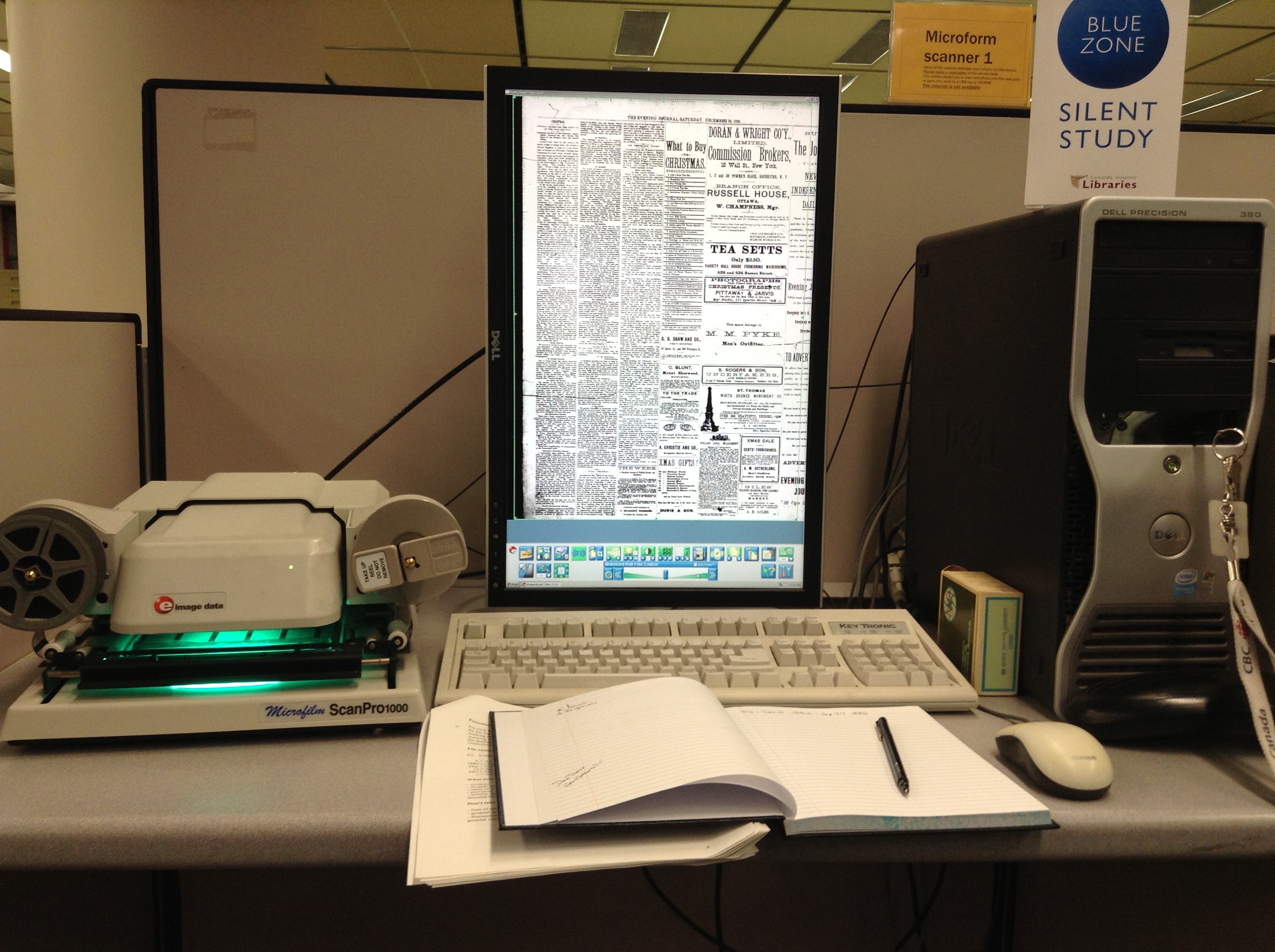
Student Reflections: Brittany Watson on “Exhibiting Aboriginal Art in Theory and Practice”

The author of this post, Brittany Watson, was asked to curate an “imagined exhibition” as a component of Dr. Heather Igloliorte‘s undergraduate seminar Exhibiting Aboriginal Art in Theory and Practice, taught in the Department of Art History at Concordia University.
As an undergraduate student, I have found it easy to become disconnected from how my studies and research connect to a broader context beyond the classroom; in the Winter of 2013, however, Concordia’s Art History department offered an undergraduate seminar, Exhibiting Aboriginal Art in Theory and Practice, taught by Dr. Heather Igloliorte. To my delight, the course was not a survey of past and present exhibitions of Aboriginal art or artifacts; rather it required each student to curate an imagined exhibition. This exciting and overwhelming proposition may well have been one of the most important assignments of my undergraduate degree. The assignment led me to seek out and obtain two summer internships at the Whyte Museum of the Canadian Rockies (the second starting this May), be involved in an on going project at the Whyte Museum related to my original project, and has inspired my MA research proposal. For the assignment I wanted to develop a project that did not simply call for research on a topic that culminated in a show created by me, but one that involved collaboration between a museum and an Aboriginal community.
I saw my imagined exhibition as a chance to bring a critical engagement with historical and potentially sensitive photographs of Aboriginal peoples into a local context, by creating a conversation between these photographs and contemporary Aboriginal artists. To this end, I spent hours scouring digital databases of archival holdings of photographs in museums and archives across Canada. As the course progressed and exhibition ideas took shape, I was inspired by curators, archivists, scholars, and artists who had performed archival interventions at institutions in Canada.[1] I ultimately found the source material I was looking for in the archives of the Whyte Museum of the Canadian Rockies in Banff, Alberta. The museum’s archives hold the fonds of multiple early twentieth and late nineteenth century photographers and it was from these that I discovered photographic portraits of local First Nations people. Many of the images were uncaptioned or the subjects listed as anonymous, while others held an inappropriate or incorrect caption. My hope was not only to identify and properly contextualize this collection through the help of First Nations elders, but also to broaden the conversation by exhibiting the images along side contemporary photographic works by Aboriginal artists. Since the historic photographs are not sourced from a famous or international collection and found in the local archives, I felt it could be a unique opportunity for community collaboration and discussion about locally and internationally resonant history with Indigenous communities, museums, and archives.
I cannot overemphasize the importance of Dr. Igloliorte’s encouragement and help in teaching me how to translate course work into a real project. One component of the assignment was to create a formal exhibition proposal. When I received my assignment back from her, scrawled on the bottom of the page was: “you should definitely do this exhibition.” I took her advice and have since done as much as possible to make it happen. Once I began my job as museum interpreter at the Whyte Museum, I was introduced to an archival assistant, Dagny Dubois, who was researching the same images. Over a coffee, we spoke of our shared but diverse interests in the photographs – hers in the efforts of identification and mine in the broader historical/art historical context. At this point I realized that the project that was imagined from thousands of miles away was not something I could do alone, but was truly a collaborative initiative. Since that conversation, the project has moved beyond the imagined and into the realm of the real, which means real people concrete actions, and careful considerations. It is now part of a larger project that does not belong to me; the project has many facets, is still in its infancy, and for these reasons I will leave the details vague for the time being. By following my research to a specific archival location and applying for summer positions I found like minded people to collaborate with and have been able to translate the effort and time I spent on my course work into a larger undertaking. I made my ideas and interests known, while being open to the shifts and changes that come with collaboration. The next chapter of the project has yet to be written and I anticipate more transformations and adaptations as I continue the research this fall as an MA candidate.
[1] Payne, Carole and Jeffrey Thomas. “Aboriginal Interventions into the Photographic Archives: A Dialogue between Carole Payne and Jeffrey Thomas.” Visual Resources 18 (2002): 109-125.
Brittany Watson is a fourth year undergraduate student of Art History at Concordia University. Upon the completion of her BFA in the Spring of 2014, she will be perusing a MA degree in Art History at Carleton University. Her research focuses include 19th and early 20th century photography and photo albums, issues of representation and self-representation in photography, archival theories and practices, and methods of decolonization through art, museum, and curatorial practices. She is currently the undergraduate coordinator of Concordia University’s Ethnocultural Art Histories Research Group.
Other Links


